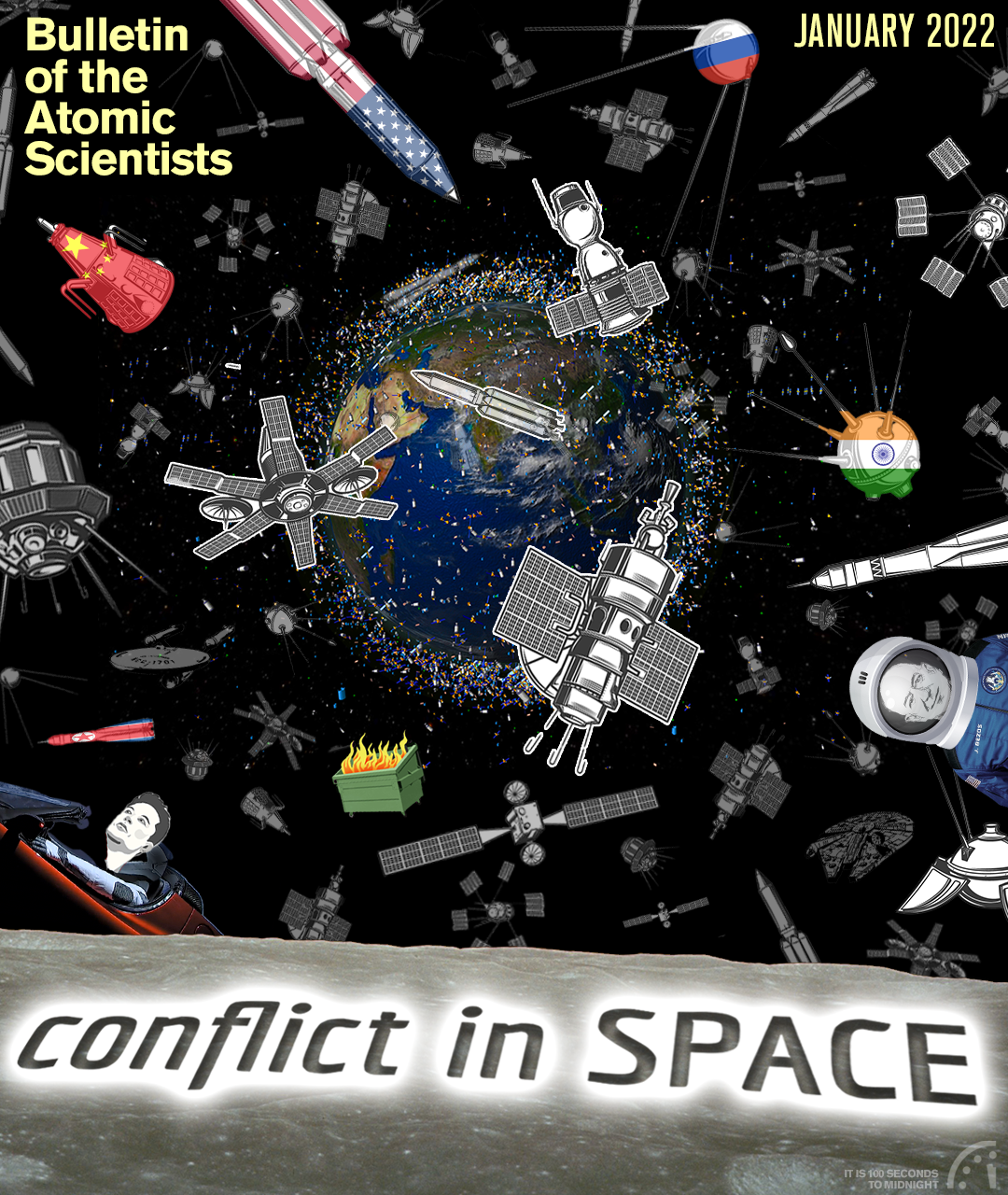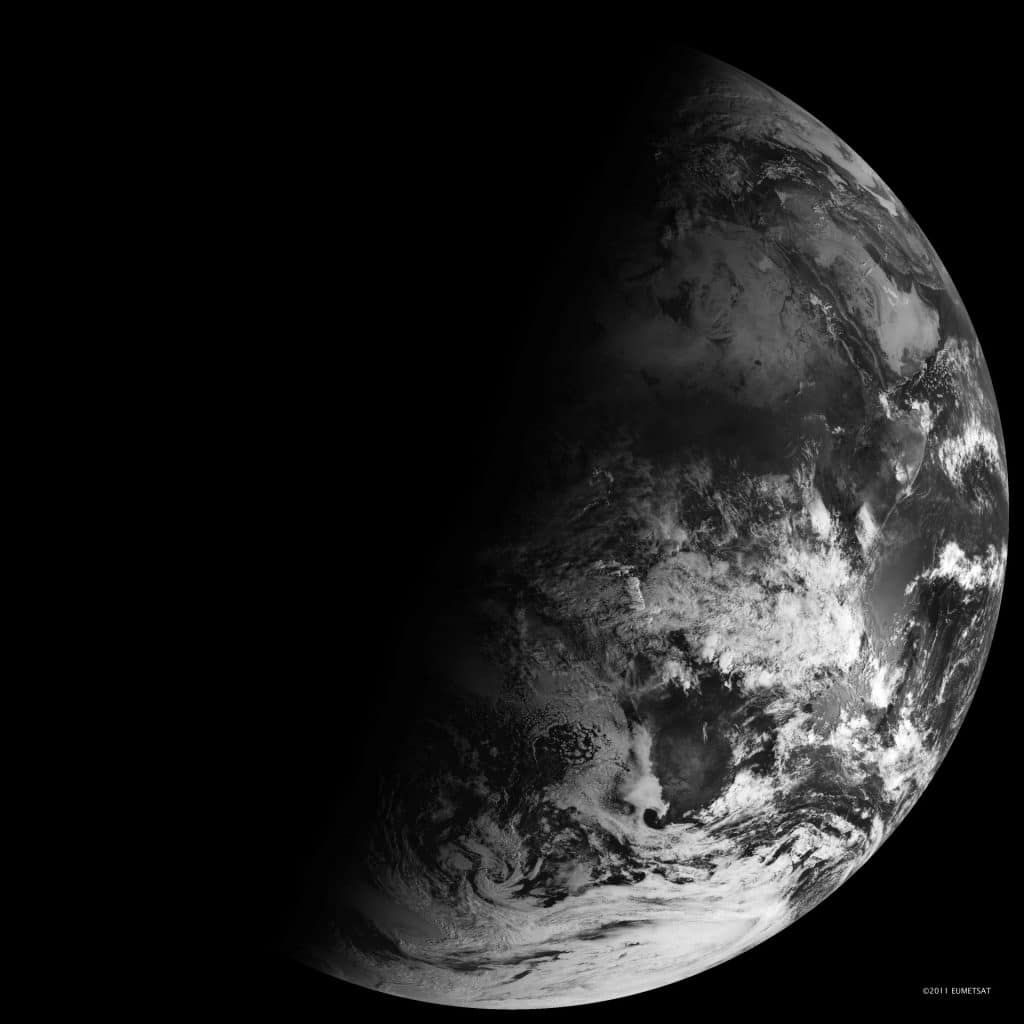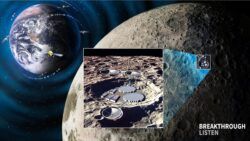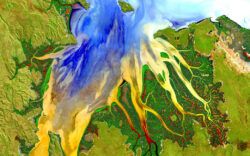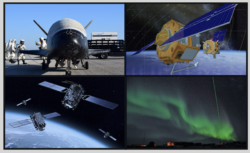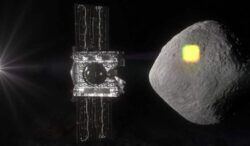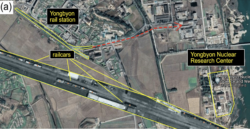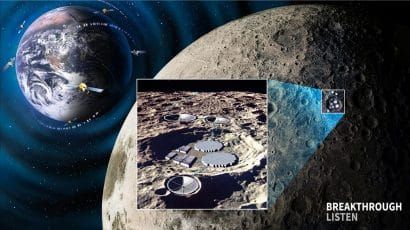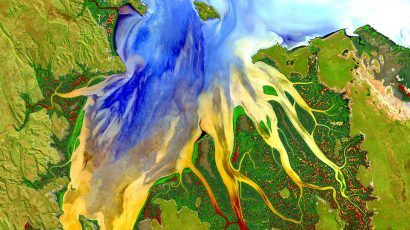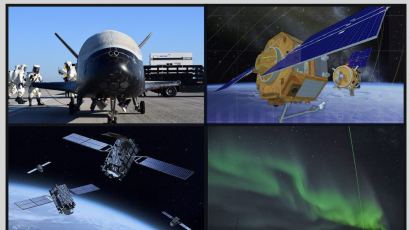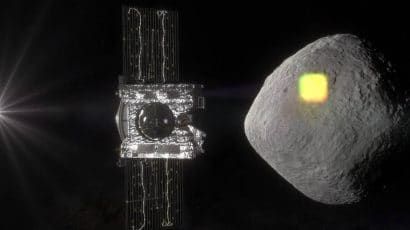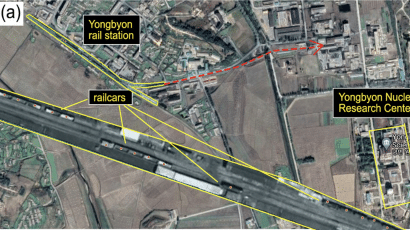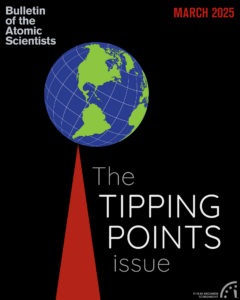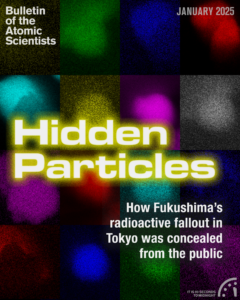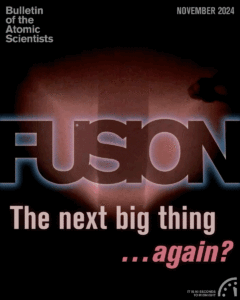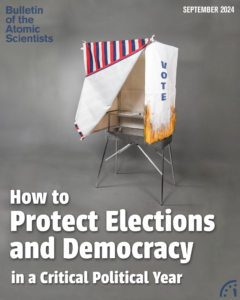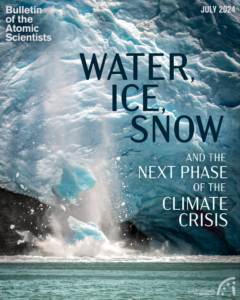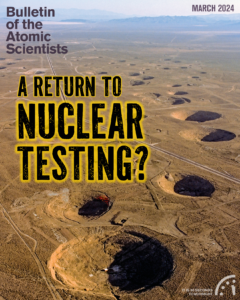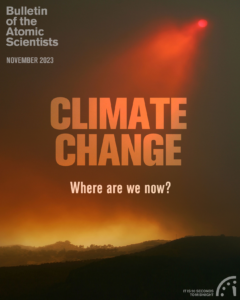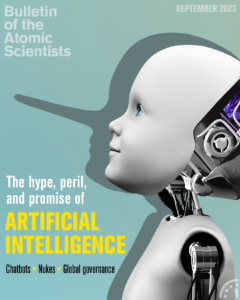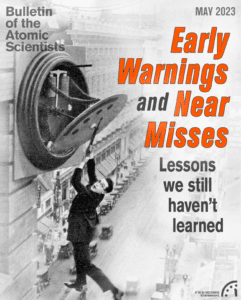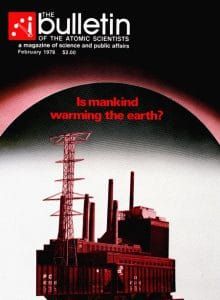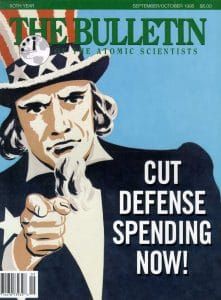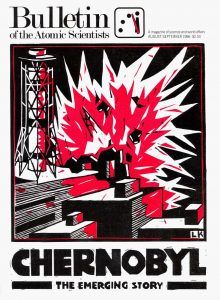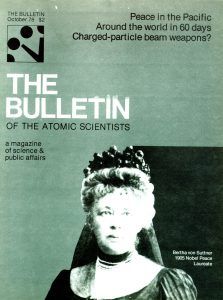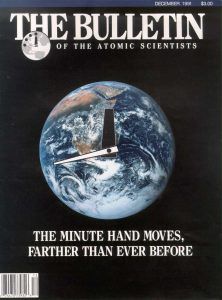DIGITAL MAGAZINE
January 2022
DIGITAL MAGAZINE
January 2022
Cover by Thomas Gaulkin
(illustrations via EFF Photos, ESA, Wikimedia, Vectorstock)
Why the final frontier should not become the final battleground
Interview: Rob Latiff on the worsening international security situation in space
The complicating role of the private sector in space
A China-US war in space: The after-action report
Cis-lunar space and the security dilemma
Space Force: Fact or fiction?
Machine learning improves satellite imagery analysis of North Korean nuclear activity
Nuclear Notebook: Israeli nuclear weapons, 2022
Interview: Rob Latiff on the worsening international security situation in space
The complicating role of the private sector in space
A China-US war in space: The after-action report
Cis-lunar space and the security dilemma
Space Force: Fact or fiction?
Machine learning improves satellite imagery analysis of North Korean nuclear activity
Nuclear Notebook: Israeli nuclear weapons, 2022
Cover by Thomas Gaulkin
(illustrations via EFF Photos, ESA, Wikimedia, Vectorstock)
Subscribe now
We've relaunched the Bulletin's award-winning digital magazine. Get access to every issue and our archive going back to 1945.
Magazine archive

Premium subscribers can read the complete Bulletin of the Atomic Scientists’ archive, which contains every article published since our founding in 1945.
This archive was created in honor of John A. Simpson, one of the Bulletin’s principal founders and a longtime member of its Board of Sponsors. This searchable archive provides exclusive online access to original interviews and commentary by luminaries like Albert Einstein, J. Robert Oppenheimer, Ruth Adams, John F. Kennedy, Stephen Hawking, Christine Todd Whitman, US Secretary of Defense William J. Perry, and multiple Nobel laureates.
